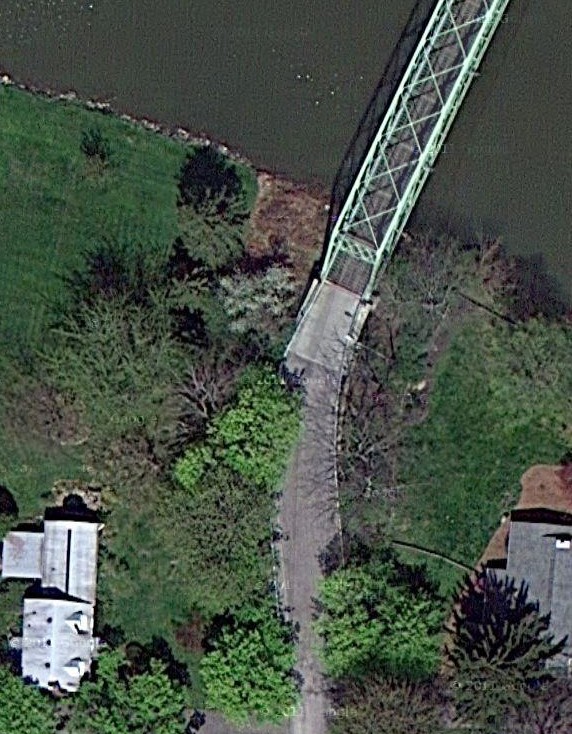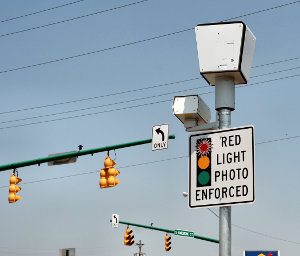
I’m scouring the paper this morning looking for police reports of yelling and other peace disturbing behavior coming from the home of a local elderly couple. But maybe I’m getting ahead of myself.
You see, I live near the Erie Canal, and there are several elevated one-lane bridges that are still the main way to get from here to there. These bridges usually have blind approaches, and so have their own protocols for who gets the right-of-way and who has to back-up and yield the bridge.
Usually this works without a hitch, but last night, one old lady and a particularly non-linear bridge approach combined for a physical comedy routine that was funny and painful at the same time.
On this particular bridge, you need to bear to the right as you approach, which the old lady did with aplomb. However, as she reached the bridge, she found me about ready to exit the bridge on her side.
As per the protocol, and without hesitation, she popped her car in reverse to yield the bridge. She needed to back up about 10 feet while steering gently back around the curvy apron in order to let me by. Easy-Peasy… or not.
Instead, she backed up twice that distance while keeping her wheel dead straight, meaning that she now blocked the entire street. My son and I watched as her head flipped back and forth and the reality of her current predicament settled in.
As we all know, nothing solves a problem like doing more of what you’ve been doing, but doing it harder and faster. So with renewed zeal, the sedan starts again down the hill… on a straight trajectory… heading toward the guardrail on my side of the road. The car jerked slightly to the left and right as the woman tried to see over each shoulder in turn. Yet she remained oblivious to the the outcome that was obvious to me as well as the cars now queued at the bottom of the hill behind her. We all watched, helpless, as the stupidity unfolded.
It was just a Yakkity Sax soundtrack from watching a Benny Hill skit. Traffic was frozen as the car stuttered towards its demise. There was nothing to do but add voice-over commentary for my son. “No! Stop! Turn right! DOH!”
It didn’t take too long before the sound of metal-on-metal filled the evening air as the driver’s side of her car was molded to the unyielding guardrail. I expected to see a look of horror and/or panic on the poor woman’s face, but the incident didn’t appear to register. In fact, she even gassed the car a bit to make sure it was firmly seated against the rail before making her next move.
Fortunately, her next move was forward, a direction that she was more comfortable with. She managed to pull the car back to her side of the road and come to a stop. And trust me, no one else on the road last night was going to move until she finally came to a complete stop.
We rolled past her, looking at all the crinkly sheet metal. I gazed at her face to see if she was okay after her ordeal, but from her expression you couldn’t tell that this wasn’t just another trip to the grocery store. Who knows? Maybe it was. Maybe this was not an atypical bridge negotiation for her. Maybe that’s why I didn’t see a police report in the paper about her yelling husband. Maybe.


